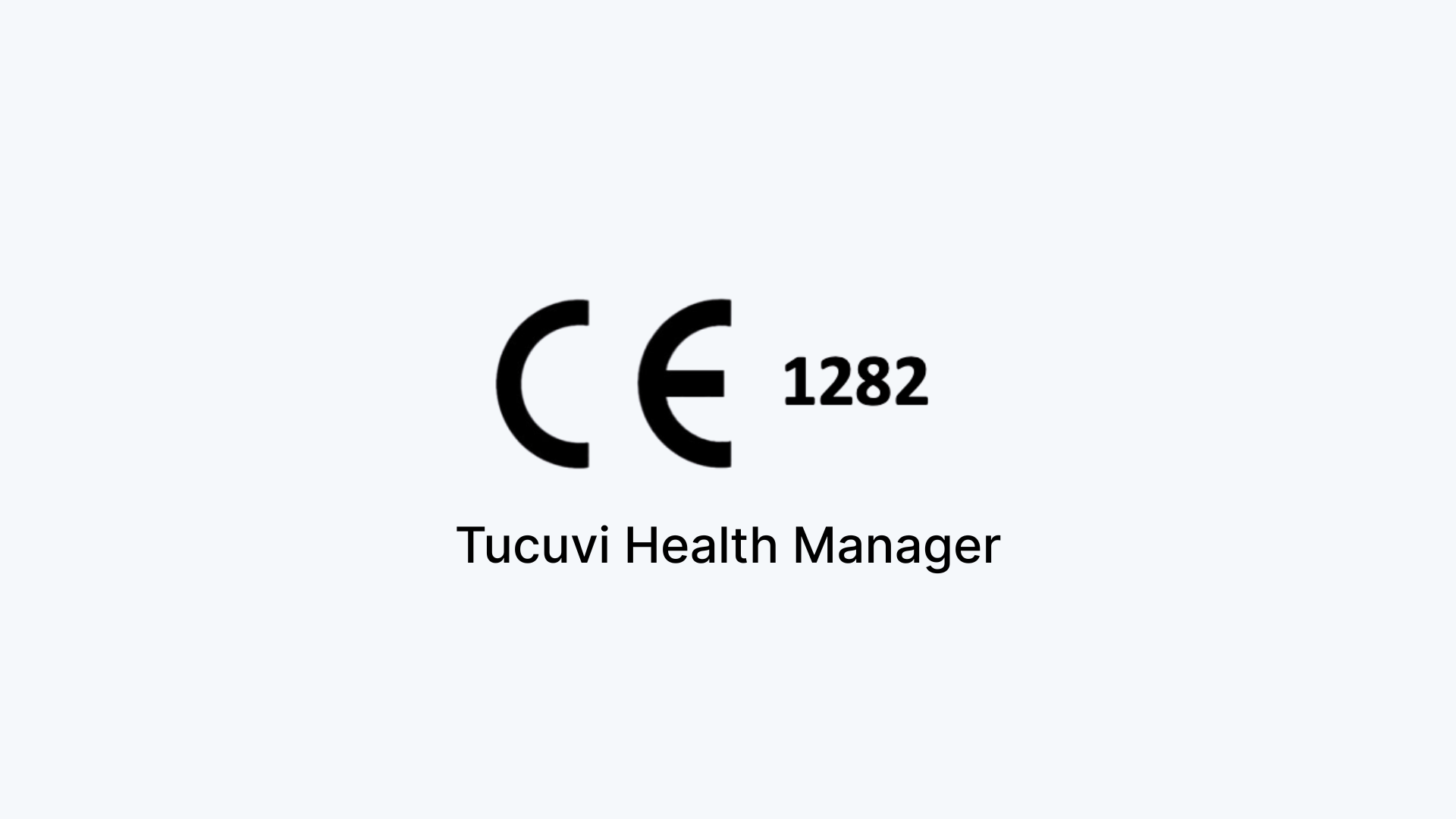Tucuvi Health Manager (THM) stands apart, officially recognized as a medical device under the European Medical Device Regulation (MDR 2017/745), meeting the highest standards of quality and safety.

In healthcare, safety is never optional. Only solutions that prove to be effective, accurate, and clinically reliable can be trusted in patient care. Tucuvi Health Manager (THM) stands apart, officially recognized as a medical device under the European Medical Device Regulation (MDR 2017/745), meeting the highest standards of quality and safety.
This distinction is not minor. It means that THM has been rigorously assessed by independent experts, classified according to its level of risk, and certified as a product that can be safely deployed in clinical environments. In other words: it's not a trial intervention, it’s a validated medical device built for patient care.
Why THM is a medical device
Under the MDR, a technology is considered a medical device software (MDSW) if it is intended for medical purposes.
THM clearly meets this definition because:
- It automates phone conversations between patients and our Clinical AI Agent, LOLA.
- It analyses and structures patients’ symptoms and health status into standardized clinical concepts.
- It provides alerts to healthcare professionals when predefined risk conditions are detected.
- This information is then used by clinicians to make decisions such as adjusting treatment, scheduling appointments, or prioritizing interventions.
The key point: THM structures information and generates alerts serving as clinical decision support for healthcare professionals. That makes it a medical device, and not just a tool for communication or engagement.
To make the classification even clearer, experts also consider two dimensions, based on international guidelines (IMDRF framework, MDCG 2019-11):
- Significance of the information provided: In THM, the information is classified as Medium significance because it drives clinical management — it helps prioritize patients and supports follow-up decisions.
- State of the healthcare situation or patient condition: In Tucuvi’s case, it is Critical. Chronic diseases may not always be immediately life-threatening, but they affect fragile populations where deterioration can be serious if left undetected.
When you combine Medium significance + Critical condition, the classification is Class IIb.
To better understand the statements above, let's look at a few real-world examples of what it means in patient follow-up:
%20(3920%20x%202080%20px)-13.png)
The Process Behind Class IIb Certification
Achieving MDR Class IIB certification has been a lengthy and rigorous process. Throughout it, we focused on precisely defining the intended use of THM to ensure it fully reflects the scope of what the device addresses. We then analyzed and justified its risk classification in line with that intended use. Based on this assessment, we gathered the required level of supporting evidence, backed by robust processes and procedures designed to continuously monitor and maintain the necessary standards of performance.
At the heart of it is one key principle: demonstrating, through evidence, that THM works safely and effectively in real clinical practice.
To reach this goal, we went through several layers of evaluation, including clinical and technical assessments:
%20(3920%20x%202080%20px)-14.png)
It was this combination of clinical evidence, controlled validation, and real-world monitoring that led to THM’s certification as a CE-marked medical device.
How We Validate our AI for Patient Care
Validation is at the heart of any medical device, and it’s especially critical when AI is involved in patient care.
At Tucuvi, we ensure that LOLA and every clinical protocol deliver safe, reliable, and clinically accurate results.
We are committed to ensuring the highest standards of quality, safety, and reliability in our AI systems. To achieve this, we have implemented a robust validation process aligned with global standards:
- BS 30440 compliance for trustworthy AI.
- ISO 13485-certified Quality Management System (QMS) to ensure our processes meet the rigorous demands of medical devices.
We also apply the requirements of the upcoming EU AI Act, positioning THM at the forefront of regulatory compliance. This means our AI is not only innovative — it’s accountable, auditable, and safe for real-world use.
Whenever a new care protocol is built, whether it relies on existing knowledge or entirely new AI agents, we follow a structured, four-phase process to ensure safety, accuracy, and patient trust.
It begins with AI-assisted training, where our models are tested across hundreds of simulated conversations, refined until they consistently demonstrate reliable performance. These simulations are built from years of experience and our proprietary dataset of real, anonymized medical interactions with patients. They enable us to design and recreate realistic patient profiles that reflect our intended population, encompass diverse communication styles and vocabulary, and incorporate challenging edge cases. This ensures the agents are trained under conditions that mirror real-life complexity scenarios. From there, we shift to human testing, where humans play the role of patients to evaluate not just accuracy but also empathy, clarity, and overall experience.
Once validated internally, the protocol is introduced into a controlled production environment with human-in-the-loop oversight, where every conversation undergoes a manual review by our AI team.
Following this initial phase of close monitoring, we move to automated supervision, supported by advanced review tools that flag any potential issues for immediate expert review.
This layered approach ensures that every care protocol we deploy is not only technologically sound but also clinically responsible, giving healthcare providers confidence in an AI system that balances innovation with accountability.
Thanks to rigorous testing and ongoing supervision:
- Every care protocol is thoroughly tested before going live
- Continuous monitoring ensures that any potential errors are quickly detected and corrected
This means healthcare teams can trust the insights and notes provided by LOLA without needing to verify every detail themselves, while maintaining the highest standards of patient safety.
Conclusion
THM’s Class IIb certification reflects much more than regulatory compliance, it’s the result of a meticulous process designed to ensure safety, reliability, and clinical effectiveness in real-world patient care. From extensive clinical evaluation to multi-phase AI validation, every step focuses on delivering accurate, trustworthy, and actionable insights for healthcare professionals.
